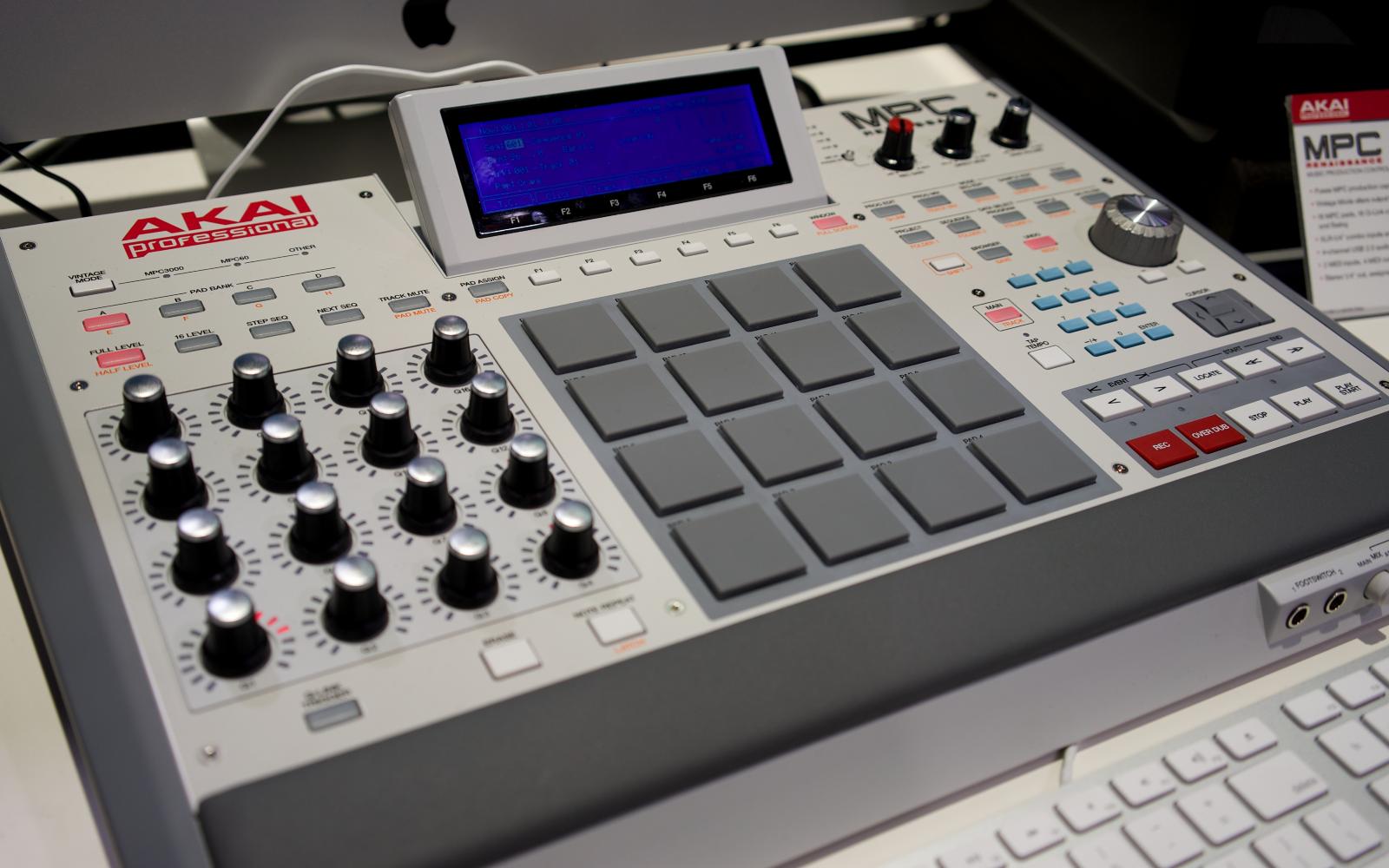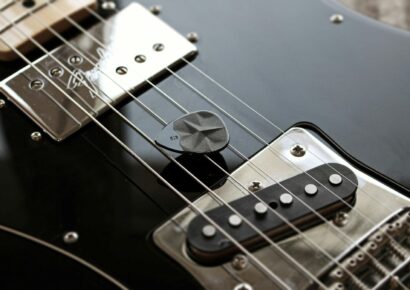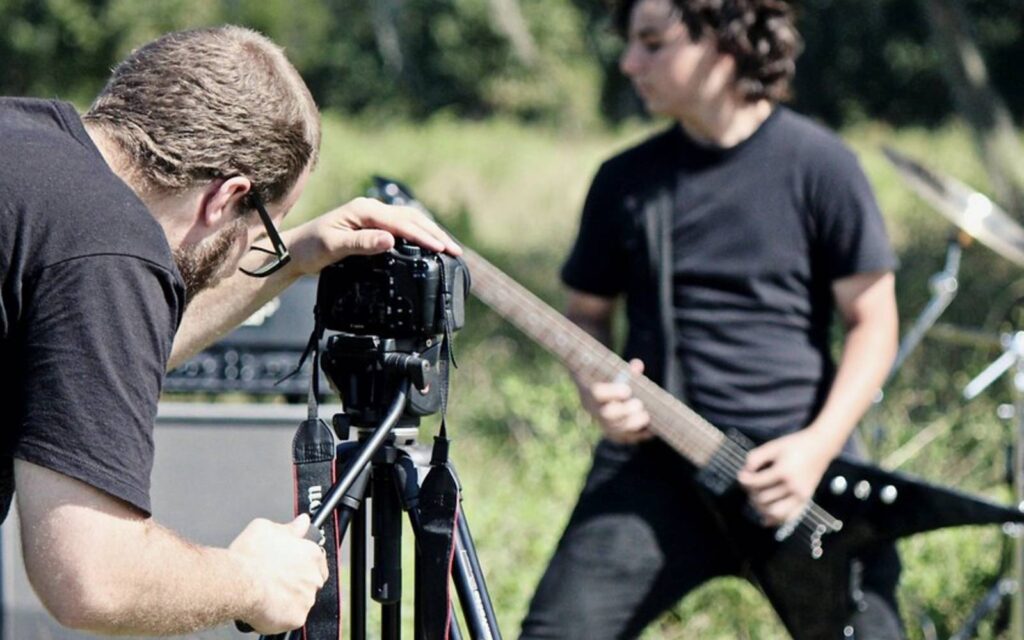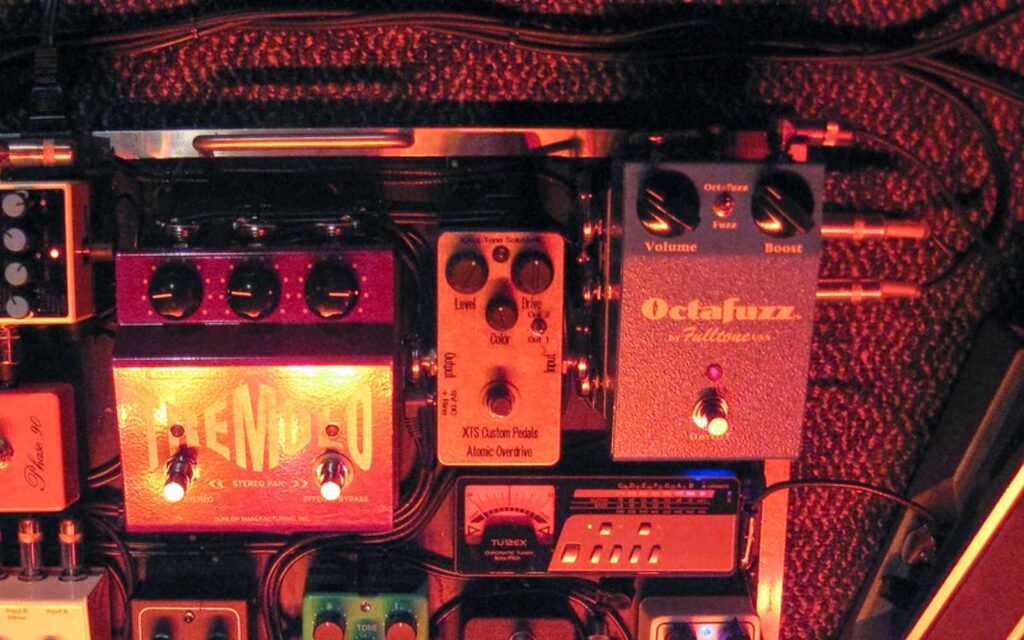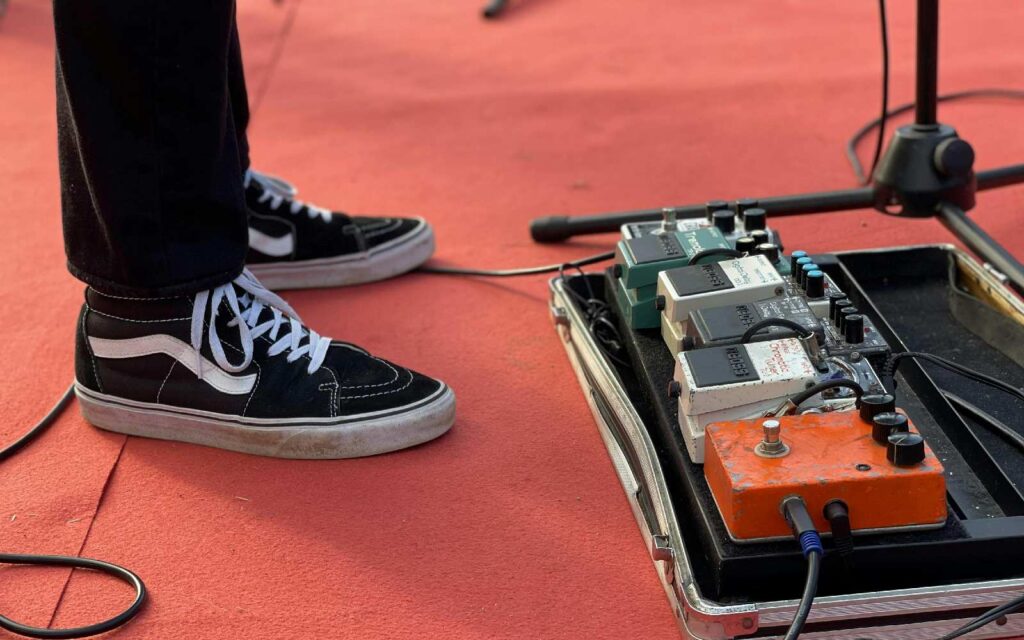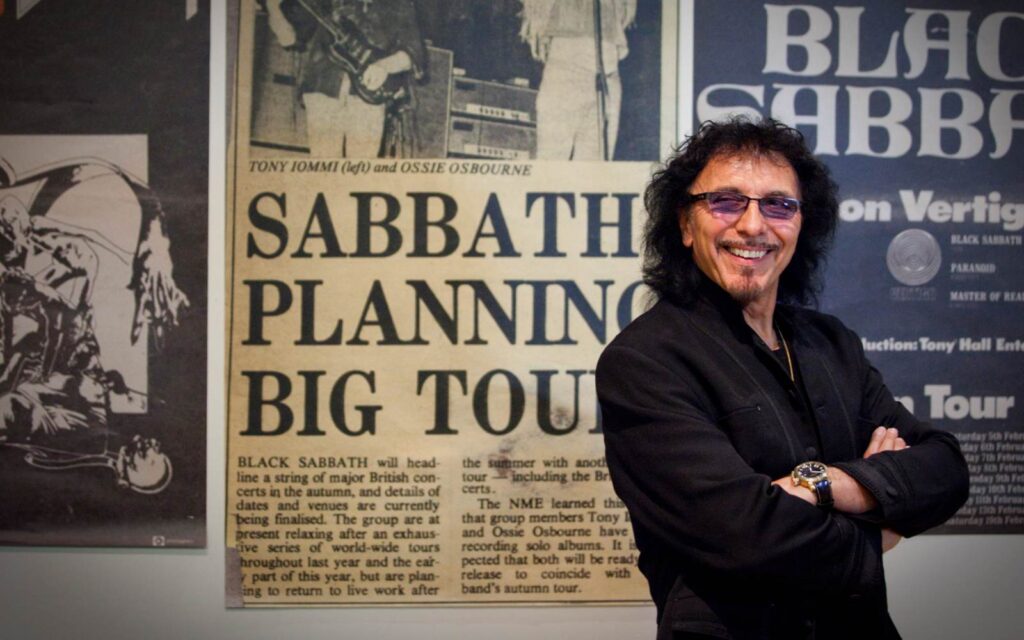We dive deep into one of the most widely used and versatile boxes in history.
There’s not many musical gadgets out there that carry as much cultural weight as the Akai MPC. Since being introduced to consumers at the tail-end of the 1980s, the notoriously tactile sampler and sequencer range has been a go-to tool for music producers across nearly every sonic proclivity. From drum ‘n bass and deep house to wonky hip-hop and even Top 40 pop, there’s a fair chance that someone has loaded up an MPC at some point to help guide them through the songwriting process.
Akai’s first iteration of the MPC came about in 1988, when the Japanese firm commissioned electronics boffin Roger Linn to design an all-encompassing groove box to simplify musical sequencing for the masses. At this stage of the ‘80s, most sequencers and samplers were either incredibly expensive, frustratingly difficult to program or simply just uninspiring, and there was a clear gap in the market that needed filling.
Read up on all the latest interviews, features and columns here.
Best known for being the brains behind the highly successful LinnDrum and LM-1 digital drum machines earlier that decade, Linn was spurred on by the challenge of creating an all-in-one device that prioritised performance over programming, and took many cues from his previous product designs while working towards the first Music Production Centre: the Akai MPC 60.
MPC 60
One of the MPC 60’s biggest points of difference from other samplers at this time were its 16 pressure sensitive rubber pads, conveniently arranged into 4×4 matrix. This arrangement would not only allow for each pad to be assigned a specific sample or function, but would also enable an incredibly intuitive sequencing process based around the 16-note grid.
Producers at the time were thrilled at the prospect of playing their beats into the MPC, rather than enduring the painstaking menu-diving process that dictated other units, while other features such as 12-bit/40KHz sampling, individual outputs and MIDI compatibility made the MPC 60 a one-stop shop for burgeoning beatmakers with cash to splash. A sequel, the MPC 60II, was released soon after, boasting a slightly more affordable price tag and the nifty inclusion of a headphone jack that allowed for silent sampling sessions.
MPC 3000
Akai followed up on their initial success with the release of the MPC 3000 in 1994, adding a gamut of new features that took it to another level altogether. Regarded as the best unit of the MPC range, the 3000 offered no less than 32-voice polyphony and a batch of handy effects, including a famous low-pass filter with an incredible analogue feel.
These new features were enough to woo a young J Dilla to the MPC 3000, with the iconic Detroit hip-hop producer achieving mastery over the machine during his illustrious career. Another key feature that drew Dilla and many other producers to the MPC was the groundbreaking time correction tool, which helped to lock any sloppy sample chops to a 16-note grid – but it was the swing function that really set the music world on fire.
Through slightly nudging some sample hits before or after the beat, producers could give their beats a slightly wonky, shuffling feel, which became a hallmark for those looking to groove outside of the grid. From skittish hi-hats to lazy kick drums and drunken snares, the MPC allowed for it all, making it a truly dynamic music studio centrepiece. Finally, it felt like a sampler could have a soul!
By 1997, Akai had released another take on the MPC, the 2000, with the slightly upgraded 2000XL following it into the market just two years later. Offered at a more accessible price-point and packing more power than their predecessors, these units featured superior sampling memory, inbuilt looping functions and expandable outputs, as well as time-stretching and auto chopping on the XL – both crucial towards the creation of the brain-bending breakbeats heard on many jungle and drum ‘n bass records of the era.
At this point in time, Akai had a stranglehold over the musical production landscape, and it was almost commonplace for any properly respected studio to have an MPC stashed somewhere in it. Hip-hop gurus like DJ Premier, Dr Dre, Q Tip, The Alchemist and Madlib adopted it in their productions, Daft Punk and The Chemical Brothers also made good use of the MPC in their works, and DJ Shadow even crafted his 1996 classic Entroducing… entirely out of samples chopped on the MPC 60.
While many beatmakers were inevitably wooed away to DAWs and other keyboard or graphic-based workstations in the 2000s, the MPC range retained a loyal following nonetheless. Machines like the MPC 2500, 1000 and 500 brought the magic of standalone sampling to bedroom producers throughout the decade, while units like the MPC Live and MPC One kept the brand’s musical legacy burning strong into the 2010s and beyond.
Even today, it’s difficult to ignore the longstanding influence of the Akai MPC on musical production. Think of the tactile drum pads that adorn just about every keyboard MIDI controller, or the gritty analogue low-pass filter sound that plugin developers seek to emulate. And with so many other grooveboxes on the market today bearing an obvious physical similarity to the MPC – think the Elektron Digitakt, Teenage Engineering KO II or even the Roland SP sampler range – it’s clear to see this legacy carry out in real-time.
Above all, the MPC proved to be the key for an entire generation of beatmakers, and the fact that original 3000 and 2000 models are so sought after despite their specs being primitive by today’s standards speaks volumes to their legend.
For local Akai Pro enquiries, keep reading at ELFA.
